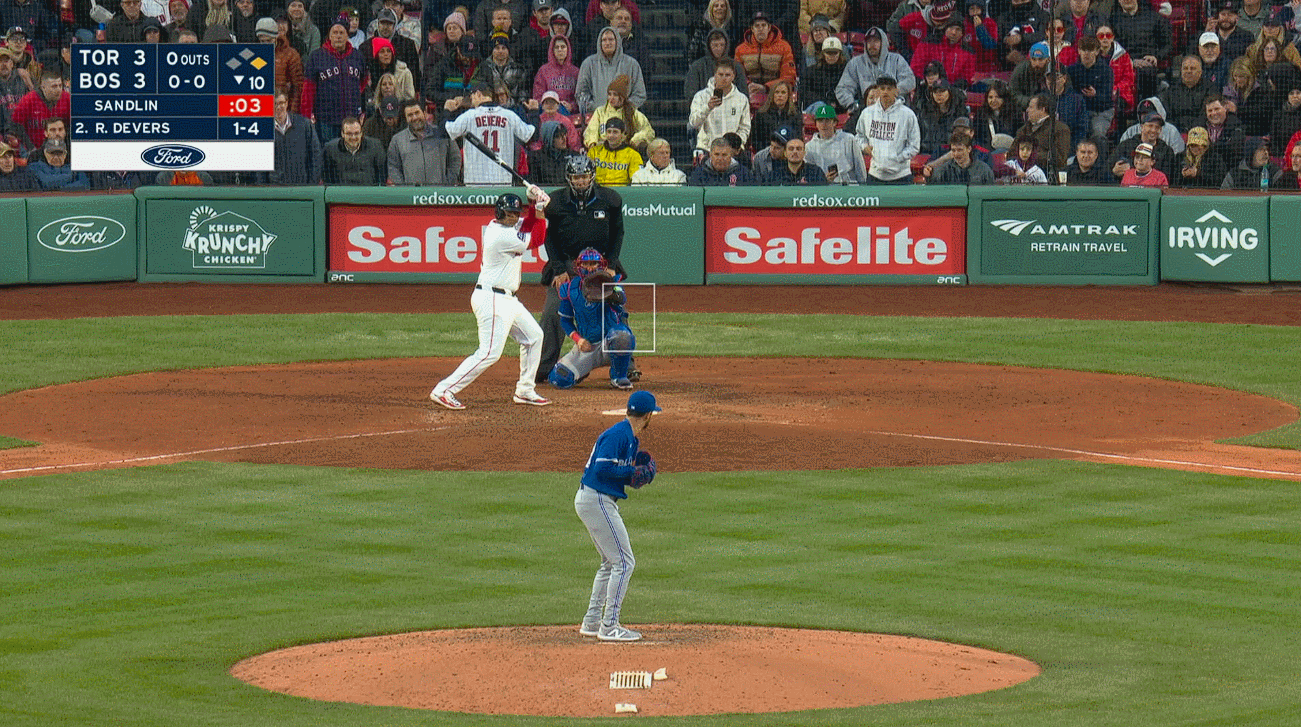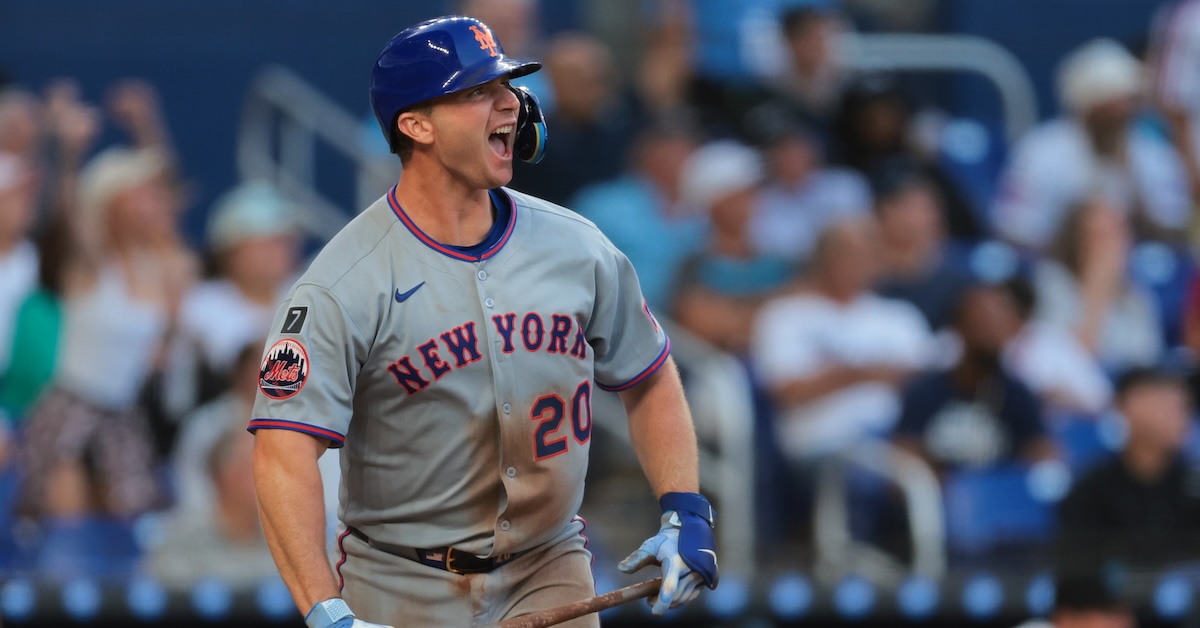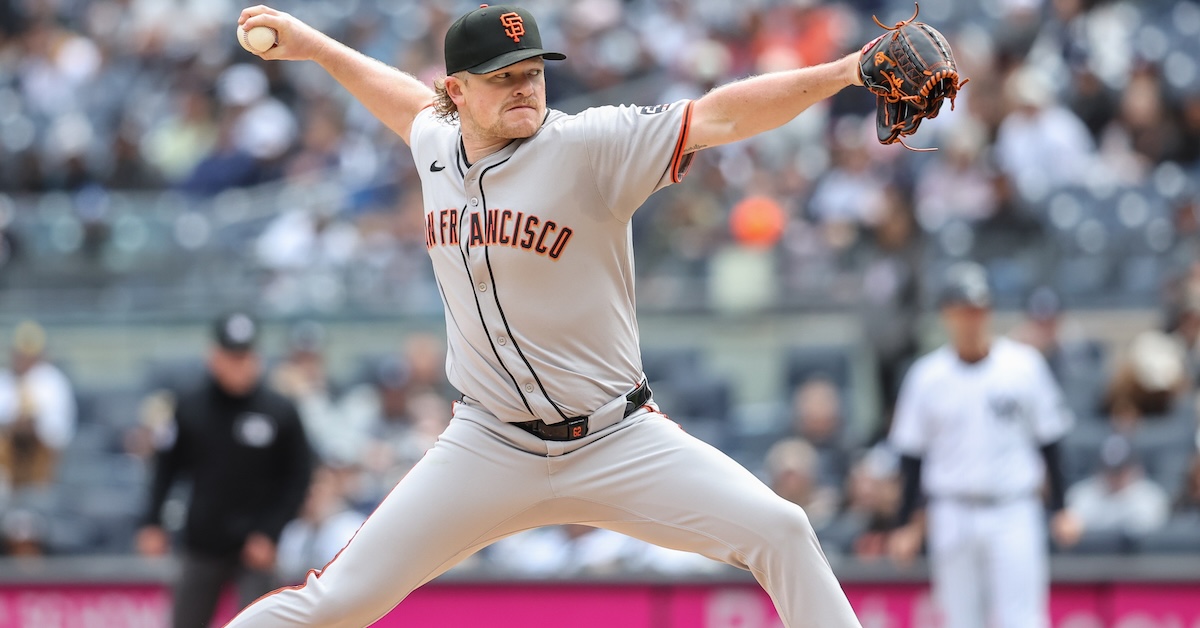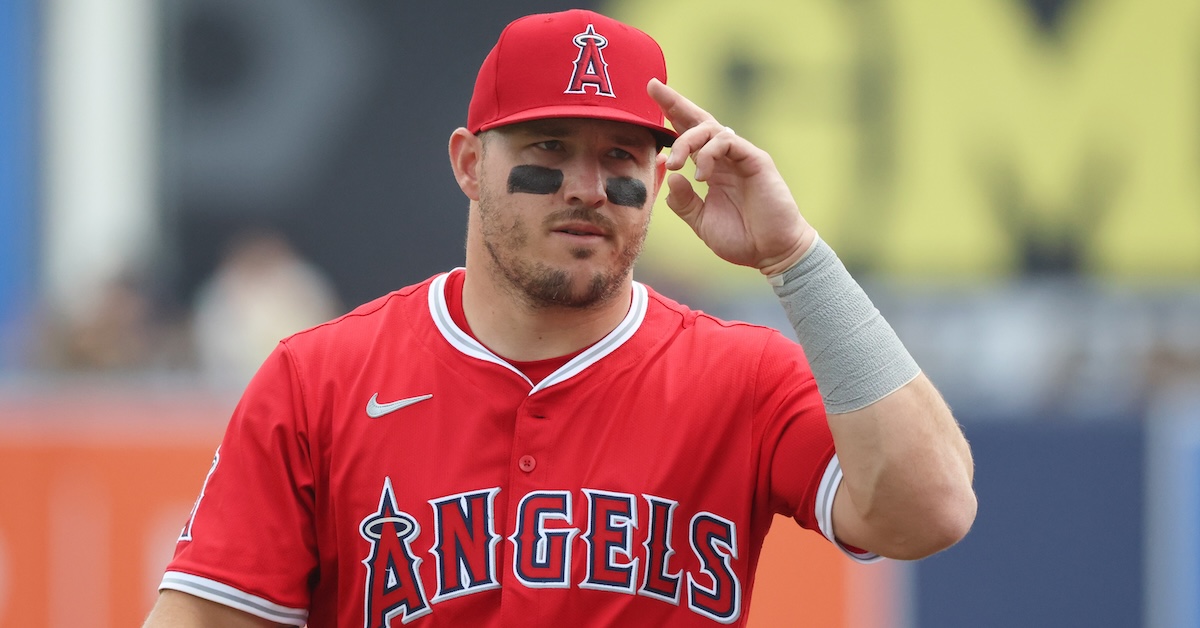Five Things I Liked (Or Didn’t Like) This Week, April 25

Welcome to another edition of Five Things I Liked (Or Didn’t Like) This Week. Normally, this column is a celebration of the extreme athleticism and talent on display across the majors. This week, though, I found myself drawn to the oddities instead. Unhittable 98-mph splinkers? Boring. Let’s talk about a pitcher who can’t strike anyone out and yet still gets results. Some of the fastest human beings on the planet stealing bases? I’d prefer some slower, larger guys getting in on the act. Brilliant, unbelievable outfield catches? I was more fascinated by a play that didn’t get made. The only thing that hasn’t changed? Mike Trout still isn’t to be trifled with. So thanks to Zach Lowe of The Ringer for his incredible idea for a sports column, and let’s get down to business.
1. In-Game Adjustments
In the 15th year of his career, Mike Trout doesn’t stand out the way he did early on. He’s no longer the fastest and strongest player every time he takes the field; he’s more “slugging corner guy” than “perennial MVP frontrunner” these days. But one thing hasn’t changed: Trout’s wonderful ability to adapt.
Landen Roupp faced the Angels last Saturday, and he leaned on his curveball. He always does, to be fair. It’s one of the best curveballs in baseball, with enormous two-plane break, and he throws it 40% of the time, more than any of his other pitches. In fact, he throws his curveball more often than any other starting pitcher. Trout had never faced Roupp before, and so he struggled to deal with the signature offering.
Read the rest of this entry »











